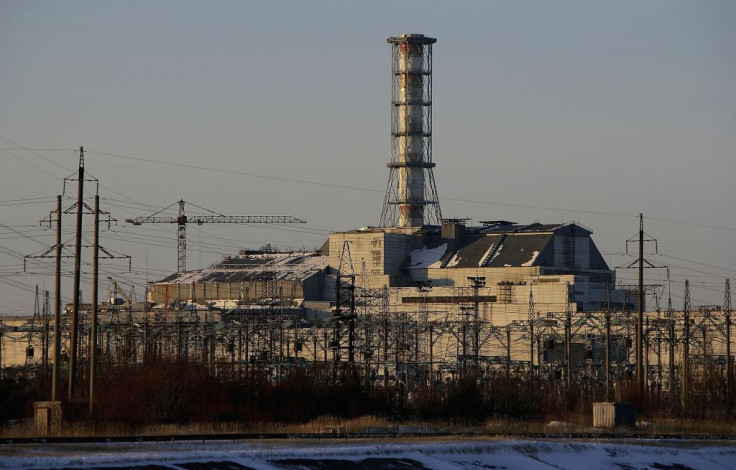Ukraine officials said Russian troops have captured Chernobyl's former nuclear power plant following fierce fighting near the Chernobyl exclusion zone.
Mykhailo Podolyak, an assistant to Ukrainian President Volodymyr Zelensky, said Ukrainian troops fought Russian forces who entered the region from Belarus and took control of the now-defunct power facility.
As of Thursday, Russian soldiers claimed to have destroyed more than "70 military sites" and 11 airfields as part of a full-fledged Russian invasion of Ukraine, the largest against a European country since World War II (Feb. 24). Russian forces are said to have taken Antonov International Airport on the outskirts of Kyiv, Ukraine's capital.
"It is impossible to say the Chernobyl nuclear power plant is safe after a totally pointless attack by the Russians," Podolyak said per Reuters. "This is one of the most serious threats in Europe today," the official added.
Since the catastrophic meltdown of Ukraine's Chernobyl nuclear power plant in 1986, huge portions of the Chernobyl exclusion zone have been locked off as one of the most hazardous places on the planet. In that year, two massive explosions at the facility blasted off the reactor's 2,000-ton (1,800-metric-ton) top, resulting in radioactive fallout spanning a 1,000-square-mile (2,600-square-kilometer) area. For the next 24,000 years, the area was judged inhospitable by humans.
"Russian occupation forces are trying to seize the Chernobyl nuclear power plant. Our defenders are giving their lives so that the tragedy of 1986 will not be repeated," Zelenskyy wrote on Twitter. "This is a declaration of war against the whole of Europe."
But why would anyone desire a power plant that is inactive and surrounded by miles of hazardous land?
The reason is geography: Chernobyl is located on the shortest road from Belarus to Kyiv, Ukraine's capital, and hence lies in the path of Russian forces entering Ukraine.
Western military analysts said Russia simply used the quickest invasion route from Belarus, a close ally of Moscow and a staging area for Russian forces, to Kyiv in capturing Chernobyl.
“It was the quickest way from A to B,” James Acton of the Carnegie Endowment for International Peace think tank told Reuters.
Jack Keane, a former US Army chief of staff, also said in the same Reuters report that Chernobyl has shortest route from Belarus to Kyiv, the aim of a Russian "decapitation" plot to destabilize the Ukrainian government.
Although the area has been abandoned and the nuclear power station is no longer operational, Samantha Turner of the Truman National Security Project explained that a battle could result in the spillage of radioactive waste. She further stated that it allows Russian military access to the Dnipro River, which runs from Kyiv to Belarus, a Russian ally.
While the area is not "battle-decisive," it allows Moscow soldiers to "open up multiple channels for troop movement and control vital terrain," Turner told BBC News.

© 2025 Latin Times. All rights reserved. Do not reproduce without permission.




